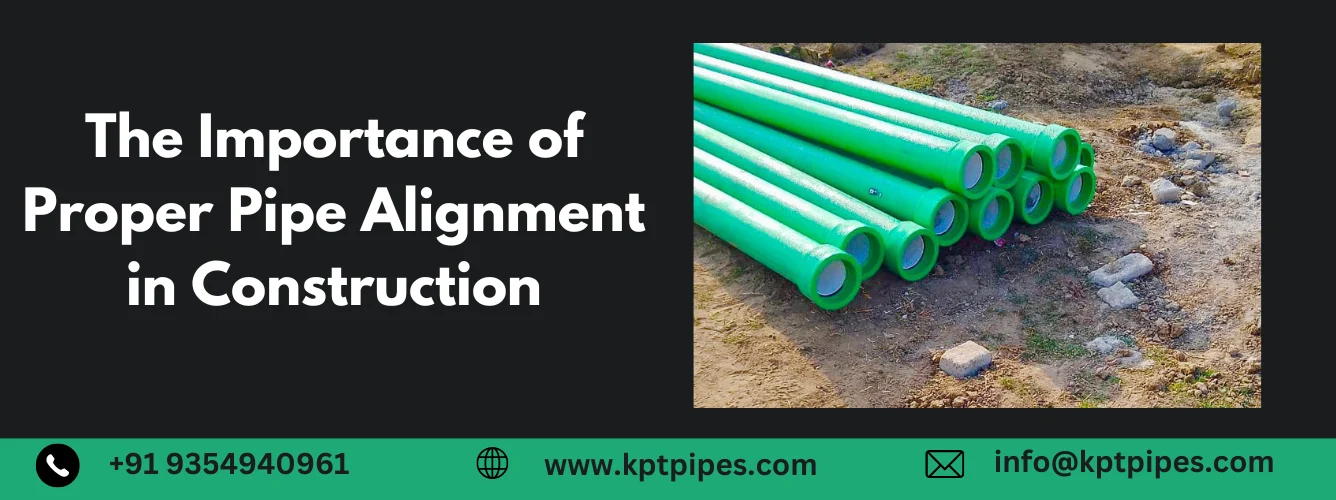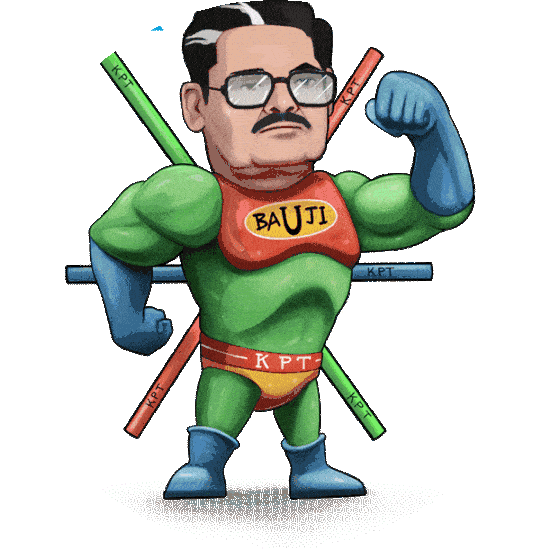
10 Jun The Importance of Proper Pipe Alignment in Construction
In the construction industry, proper alignment of pipes is crucial to ensure the smooth operation of plumbing systems. Pipes, in particular, require precise alignment to prevent leaks, reduce noise, and maintain water pressure. In this blog post, we will discus the importance of proper pipe alignment in construction and discuss the consequences of neglecting this critical aspect.
Why Pipe Alignment is Critical
Pipes are widely used in plumbing systems due to their durability, resistance to corrosion, and ease of installation. However, their flexibility makes them prone to misalignment, which can lead to a range of problems. When pipes are not properly aligned, they can:
Cause Leaks:
Misaligned pipes can lead to gaps and crevices, allowing water to seep through and cause leaks. These leaks can be costly to repair and may result in property damage or even health hazards.
Reduce Water Pressure:
Incorrect alignment can restrict water flow, reducing pressure and affecting the overall performance of the plumbing system.
Increase Noise:
Misaligned pipes can create resonance and vibrations, resulting in increased noise levels.
Reduce System Lifespan:
Prolonged exposure to misalignment can lead to premature wear and tear, reducing the lifespan of the plumbing system.
Consequences of Neglecting Pipe Alignment
Neglecting pipe alignment can have far-reaching consequences, including:
Increased Maintenance Costs:
Repairs and maintenance become more frequent and costly due to the increased likelihood of leaks, corrosion, and other issues.
Property Damage:
Leaks and water damage can cause significant harm to buildings, fixtures, and appliances.
Health Risks:
Unaddressed leaks and water contamination can pose health risks to occupants.
Reduced System Efficiency: Poor alignment can lead to reduced water pressure, increased energy consumption, and decreased system performance.
Reputation Damage:
Failure to maintain proper pipe alignment can tarnish a construction company’s reputation and compromise its integrity.
Best Practices for Proper Pipe Alignment
To ensure proper pipe alignment, construction professionals should follow these best practices:
Use Accurate Measurement Tools: Utilize high-precision measurement tools to ensure accurate alignment.
Design with Flexibility in Mind: Incorporate flexibility into the design process to account for potential misalignment.
Verify Pipe Alignment Regularly: Regularly inspect and verify pipe alignment during installation to catch any issues early on.
Use Alignment Guides: Utilize specialized alignment guides or templates to ensure precise alignment.
Consult with Experts: Seek guidance from experienced professionals or manufacturers if unsure about pipe alignment.
Proper alignment of PPR (Polypropylene Random Copolymer) pipes
Proper alignment of PPR (Polypropylene Random Copolymer) pipes in construction is crucial for ensuring a reliable and durable piping system. Here’s a step-by-step guide to achieve proper alignment:
Planning and Preparation
Design Review: Begin with a thorough review of the piping design. Ensure all dimensions, routes, and connection points are clearly understood.
Site Inspection: Inspect the installation site to identify any potential obstacles or constraints that might affect pipe alignment.
Tools and Equipment: Gather all necessary tools such as measuring tapes, levels, plumb bobs, clamps, and welding machines.
Measuring and Marking
Measurement: Measure the lengths of the pipes accurately. Use a measuring tape and mark the cutting points with a marker.
Cutting: Cut the pipes precisely at the marked points using a pipe cutter or saw designed for PPR pipes and fittings. Ensure the cuts are straight and smooth.
Alignment Techniques
Visual Inspection: Align the pipes visually to ensure they are straight and properly oriented.
Use of Levels: Utilize spirit levels to check the horizontal and vertical alignment of the pipes. Adjust as necessary to ensure the pipes are level.
String Line Method: For longer runs, use a string line stretched tightly along the route of the pipes to serve as a guide for maintaining straightness.
Laser Alignment Tools: For high precision, use laser alignment tools to check and adjust the alignment of the pipes.
Joining and Welding
Cleaning: Clean the ends of the pipes and fittings to remove any dirt, grease, or burrs.
Heating: Use a PPR welding machine to heat the pipe ends and fittings. Follow the manufacturer’s guidelines for the correct heating time and temperature.
Joining: Align the heated pipe end and fitting immediately and press them together. Hold them in place until they cool down and the joint is secure.
Support and Fixing
Pipe Supports: Install proper pipe supports and hangers to maintain the alignment and prevent sagging. Follow the recommended support spacing for PPR pipes.
Clamps: Use alignment clamps to hold the pipes in place during the joining process. Ensure the pipes remain aligned as the joints cool and solidify.
Anchor Points: Install anchor points at strategic locations to control thermal expansion and contraction of the pipes.
Inspection and Testing
Visual Inspection: Inspect all joints and alignments visually to ensure there are no misalignments or gaps.
Pressure Testing: Conduct a pressure test to check for leaks and verify the integrity of the piping system.
Documentation: Document the installation process, including measurements, alignment checks, and test results for future reference.
Tips for Maintaining Proper Alignment
Thermal Expansion Considerations: Account for thermal expansion and contraction by incorporating expansion joints or loops in the design.
Consistent Technique: Maintain a consistent welding and joining technique to ensure uniformity across the piping system.
Regular Inspections: Periodically inspect the installed piping system to detect any alignment issues early and take corrective measures.
By following these steps, you can achieve proper alignment of PPR pipes in construction, ensuring a reliable and efficient piping system.
Summing Up
In conclusion, proper PPR pipe alignment is crucial in construction to ensure the smooth operation of plumbing systems. Neglecting this critical aspect can lead to costly repairs, property damage, health risks, reduced system efficiency, and reputation damage. By following best practices and utilizing high-precision measurement tools, design flexibility, regular inspections, alignment guides, and expert consultation, construction professionals can guarantee proper pipe alignment and ensure the long-term success of their projects.
Remember, attention to detail is essential when it comes to PPR pipe alignment. By prioritizing this critical aspect of construction, you can ensure a safe, efficient, and cost-effective plumbing system that meets the needs of your clients and maintains a positive reputation for your construction company.



